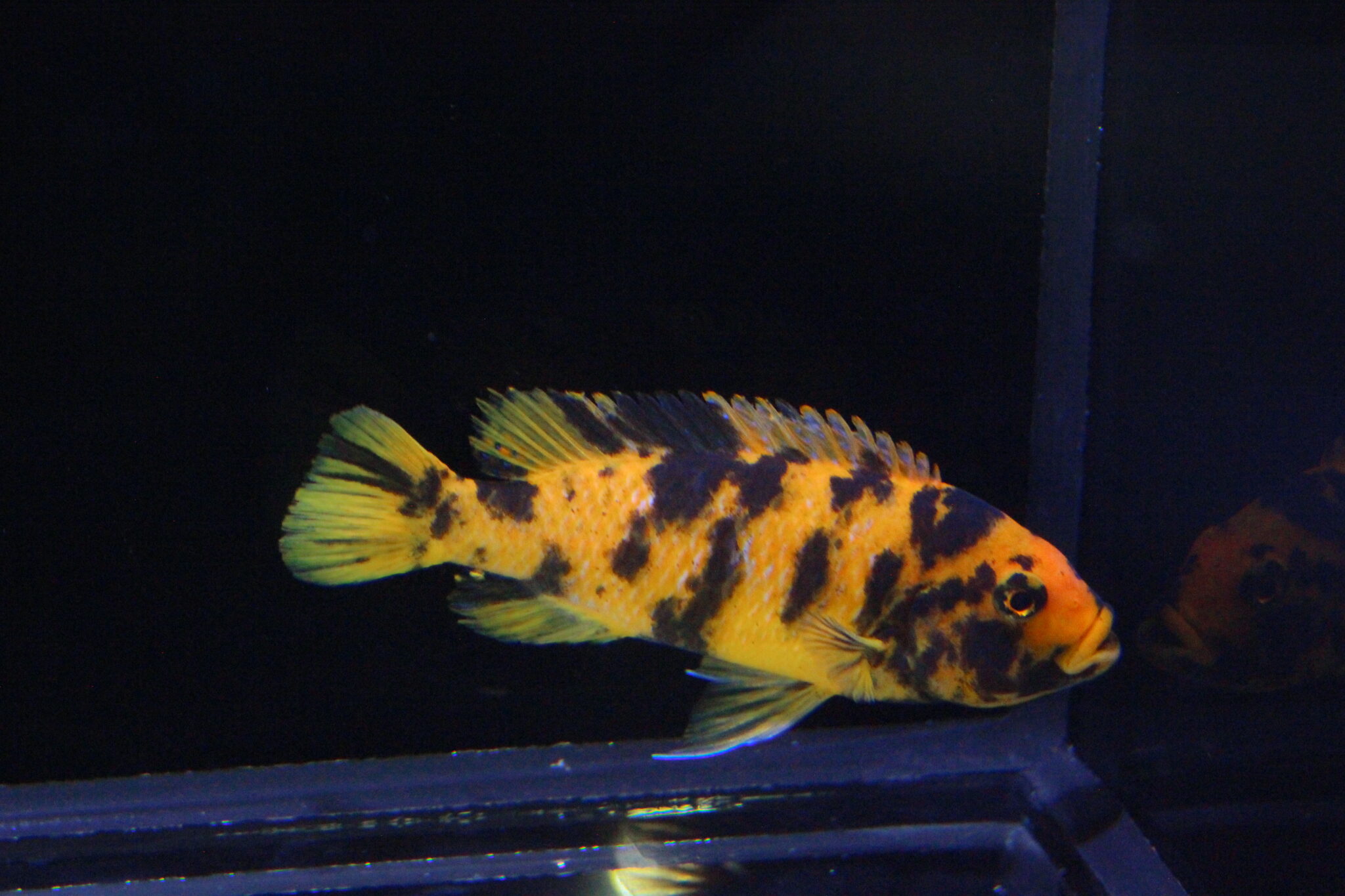

The size and weight of both genders of a juvenile cichlid are the same. This could result in the demasoni cichlid eating other foods which would lead to various problems and diseases. They should not be kept with fish with a different diet. The wasted food from a big meal is usually harder to clean and can even cause over-eating.Īdding vitamins and various other supplements to the food can also have positive effects on the health of the fish. The small amounts of food are vital to keeping the tank clean for a longer period. Small amounts should be used instead of big meals. These fish require food various times a day. These combinations can help the fish fend off various digestion-related diseases, particularly the ones related to the intestine. This along with vegetable supplements can meet the needs of this fish’s diet.

High-quality cichlid formulas are usually used to provide the demasoni cichlids with all the required nutrients. Its diet, however, should focus more on herbivorous food. FeedingĪs stated before, the demasoni cichlid is an omnivore and can consume most food products.

As a result, you will need to get a much larger tank than a 40-gallon one. However, this fish likes to live in groups, so it should usually be kept with 12 other fish of the same kind. However, too much salt would be detrimental to their health, so be careful about that.Ī singular fish will require at least a 40-gallon tank. It can usually adapt to various kinds of food offered to it because of its omnivorous nature. It is easy to take care of when it is small. This can happen if the fish is not properly taken care of or the tank is not maintained well. One of the biggest problems while caring for a Demasoni Cichlid is making sure it does not develop the Malawi Bloat. If its dietary needs are not met or if it gets too many proteins, it could develop various diseases. Hence, to provide adequate care, a filter is necessary along with a weekly change of water.Ĭaring for a Demasoni Cichlid also includes taking care of its diet. The fish would be adversely affected by bad water conditions. It needs carefully selected mates for the tank and a change in water frequently. It cannot be kept with other species of fish due to its aggressive nature. The fish is highly aggressive in nature and small in size. Demasoni Cichlid CareĬaring for a Demasoni cichlid can be hard and is not recommended for a beginner aquarist. All of these make up the diet of this fish in its natural habitat. There are various things present in Aufwuchs that provide the fish with nutrients such as nymphs, insects, snails, zooplankton, and mites. The fish can find them while searching for food in their living space.Ī viable food source is essential when picking a place to live. These are algae that are predominantly stringy that is attached to rocks. However, it does not face any immediate threats to its existence yet.ĭemasoni Cichlids usually reside in rocks, and its diet consists of algae including Aufwuchs. Since it is only present in very limited regions, it can be in danger. This species is on the IUCN Red List because it is deemed vulnerable. They are found in great numbers in Lake Malawi near Pombo Rocks and the Ndumbi reef near the Tanzanian coast. The Demasoni Cichlid usually resides in Africa. They reside in rocks as opposed to other open-water fish. It is derived from the language of the people of Malawi. The term mbuna itself means rock-dwelling fish. Most mbuna Cichlids are highly aggressive and active. It is usually classified under the group mbuna Cichlid, which consists of 13 genera. The Demasoni Cichlid is like a zebra in its patterns and colors. This fish is often confused with the Pseudotropheus minutus due to a similar body type. Its body is covered with stripes in various shades of blue. It is a very active fish as it can be observed doing various tricks such as swimming through the edges of rocks and at various odd angles. Its inquisitive nature and strong personality make it a very good addition to most aquariums. This fish can grow to a length of 3 inches (7.6 cm). Temperature: 23 degrees to 27 degrees Celsius

Minimum tank size: 55 gallons or more for larger groups (recommended to keep in large groups) It is also referred to by other names such as midnight Demasoni and the dwarf mbuna. Its scientific name is Pseudotropheus Demasoni. It is an African Cichlid and has been named after Ad Konings’ friend LaifDemason. Demasoni cichlid (Pseudotropheus Demasoni) also known as Dwarf mbuna was first discovered in 1994 by Ad Konings.


 0 kommentar(er)
0 kommentar(er)
